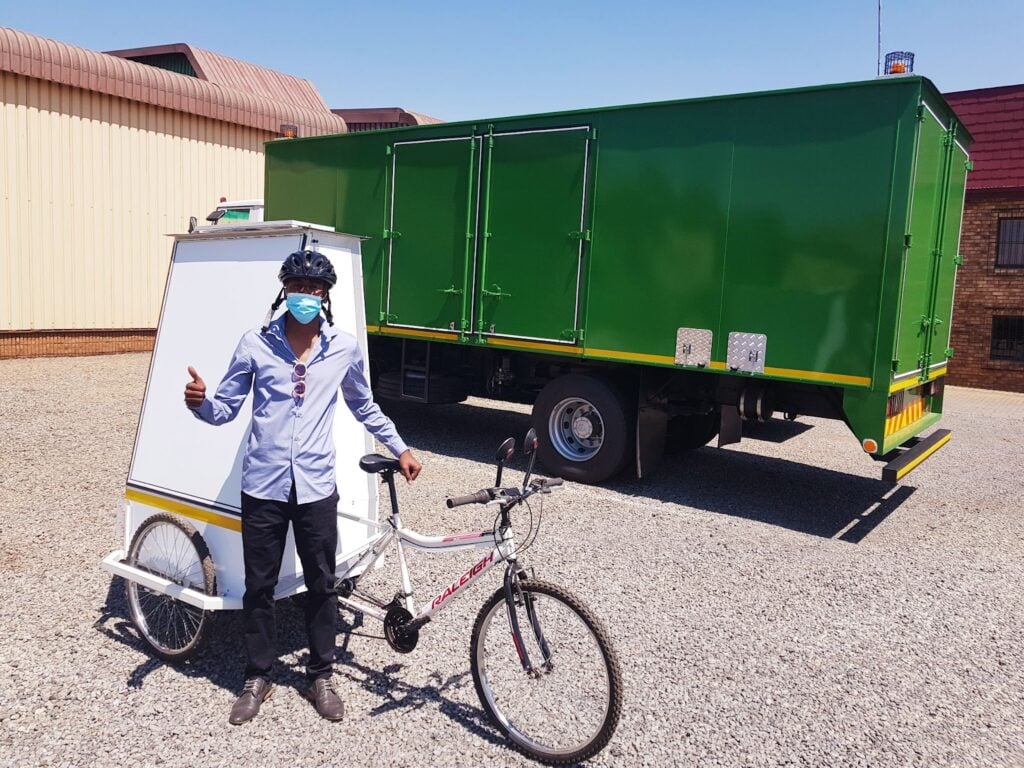The US elections have captured everyone’s attention recently, and the only good thing to come out of this all-consuming reality TV show? The Rand strengthening.
Everyone knows that there are two sides to every story, and often it’s hard to appreciate the good without seeing the bad. Us South African’s definitely know a thing or two about taking the sweet with the sour, so we would imagine that the medium-term budget speech did not come as a total surprise to every SME out there.
What we were interested to see was how this impacts the SMEs of the country and how the government plans to assist. Palesa Mabasa, FNB Gauteng South West explains that:
The Medium-Term Budget Policy Statement highlights the need for fiscal rehabilitation to; rebuild, rehabilitate and recover.
The short term focus is on building infrastructure, expanding electricity generation, allocating digital spectrum and supporting rapid industrialisation.
For SMEs this could mean,– Increased opportunities for those who are players in the infrastructure value chain;
– Improved electricity supply leading to less interruptions due to load shedding/load reduction; and
– Cheaper data costs assisting in ecommerce and running overheads to decrease.
Any sign of an increase is a good thing, however SMEs have consistently been on the back foot when it comes to government consideration, especially considering the fact that SME’s form the backbone of our economy and the future of the country and its employment is going to come from these businesses. Nevertheless, it is interesting to see that many SMEs, and startups for that matter, have been able to get through this devastating time in spite of any government assistance, as there have been so many alternative lenders offering a steady helping hand.
And while there may be a lot of negative information to wade through regarding the current economic environment, it’s important to highlight all of the positive points one doesn’t read or hear of in a budget speech:
- With a strengthening Rand, albeit still weak compared to a few months ago, the price of imported goods will become more affordable and those in the retail, manufacturing or any vertical with foreign supply can capitalise on this.
- Oil prices have decreased as a result of lower global demand. Coupled with the strengthening Rand this bodes well for transport intensive businesses.
- Exports have resumed after borders reopened, allowing for local manufacturers, agriculture and other exporting businesses to supply into the global markets once again.
- eCommerce has increased significantly with many businesses opening up an online offering. This creates the opportunity to build scalable operations without the underlying fixed cost of brick and mortar establishments.
- The repo rate (repo rate is the rate at which the South African Reserve Bank (SARB) lends money to commercial banks and is the base for determining the prime interest rate) has decreased to almost half the value it was at the beginning of the year. This results in the cost of debt, said differently the interest paid on debt balances, being a lot lower.
- Many companies have pivoted and been able to rebuild, grow or sustain by being creative and innovative. This is indicative of the resilience SMEs have and will continue to have, whilst facing any number of the potential issues that are currently impacting our economic environment.
There is light at the end of the tunnel (if all the improvements to the electricity supply goes according to plan) and with the festive season around the corner, we’ll be welcoming a whole new year before we know it.







